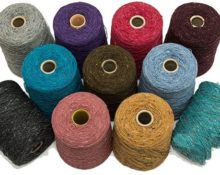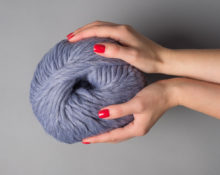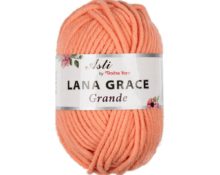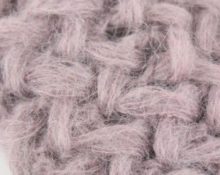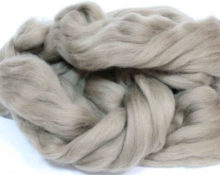The composition of the yarn may vary. There are three types: natural, synthetic and mixed. Natural ones are made from silk, wool, cotton, linen or viscose. Synthetics include chemically produced threads, mixed ones that combine various natural or artificial fibers. Read on to learn how to determine the composition of yarn using the combustion method and how wool burns in general.
How does wool thread burn?
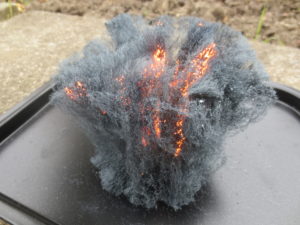 Wool is a natural material that is sheared from domestic animals. During fabric production, synthetic fibers can be added, no more than 10%, to impart additional properties. When burned, the woolen thread smokes and smells of burning, the burnt part crumbles into ashes between the fingers.
Wool is a natural material that is sheared from domestic animals. During fabric production, synthetic fibers can be added, no more than 10%, to impart additional properties. When burned, the woolen thread smokes and smells of burning, the burnt part crumbles into ashes between the fingers.
Is it possible to determine the naturalness of wool by burning?
When burning material to determine the composition of the fabric you need to focus on the speed of combustion, the color and brightness of the fire, the smell and the burnt edge. Wool fiber, when burned, has the smell of burnt horn; when the flame is removed from the yarn, it goes out, the smoldering edge crumbles when touched.
How can burning distinguish wool from synthetics?
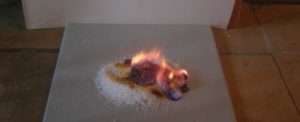 Wool thread burns well, releasing a specific smell of burnt hair. The edge of the material “sinters”, but crumbles when rubbed with your fingers. Synthetic fabrics burn poorly, melt, forming a lump, and emit a peculiar smell of burnt plastic. Mixed fabrics burn differently, depending on the ratio of the components.
Wool thread burns well, releasing a specific smell of burnt hair. The edge of the material “sinters”, but crumbles when rubbed with your fingers. Synthetic fabrics burn poorly, melt, forming a lump, and emit a peculiar smell of burnt plastic. Mixed fabrics burn differently, depending on the ratio of the components.
What other qualities of a material can be determined using combustion?
By the way the fabric burns, it becomes clear what it is made from and what components predominate:
 cotton - a bright yellow flame with sparks smells like burnt paper; when burned, the fiber smokes and smolders, gray ash is formed;
cotton - a bright yellow flame with sparks smells like burnt paper; when burned, the fiber smokes and smolders, gray ash is formed;- flax – when burned, it has the characteristics of cotton, but smolders more slowly;
- viscose - quickly burns with a bright fire, turning into light ash;
- wool - a moderate flame with the smell of burnt feathers forms a black ball; when the fire is withdrawn, the material goes out;
- acetate materials - burn with a yellow flame with the smell of vinegar, go out when moving away from the fire, leaving a black ball, the ashes easily crumble with your fingers;
- polyamide and polyester fibers - melt odorless, burn with a blue fire, and when removed from the flame they go out, forming a solidified ball at the end of the thread;
- chlorine - does not burn in fire, but shrinks and chars with the smell of chlorine;
- lavsan - burns with a pale yellow flame, forming soot and a hard black ball when cooling;
- polyacrylonitrile materials give off a yellow flame, melt without smell, and burn even when the flame is removed.
By determining what the material is made of, you can easily understand the properties of the fabric.


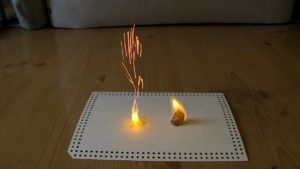 cotton - a bright yellow flame with sparks smells like burnt paper; when burned, the fiber smokes and smolders, gray ash is formed;
cotton - a bright yellow flame with sparks smells like burnt paper; when burned, the fiber smokes and smolders, gray ash is formed; 0
0